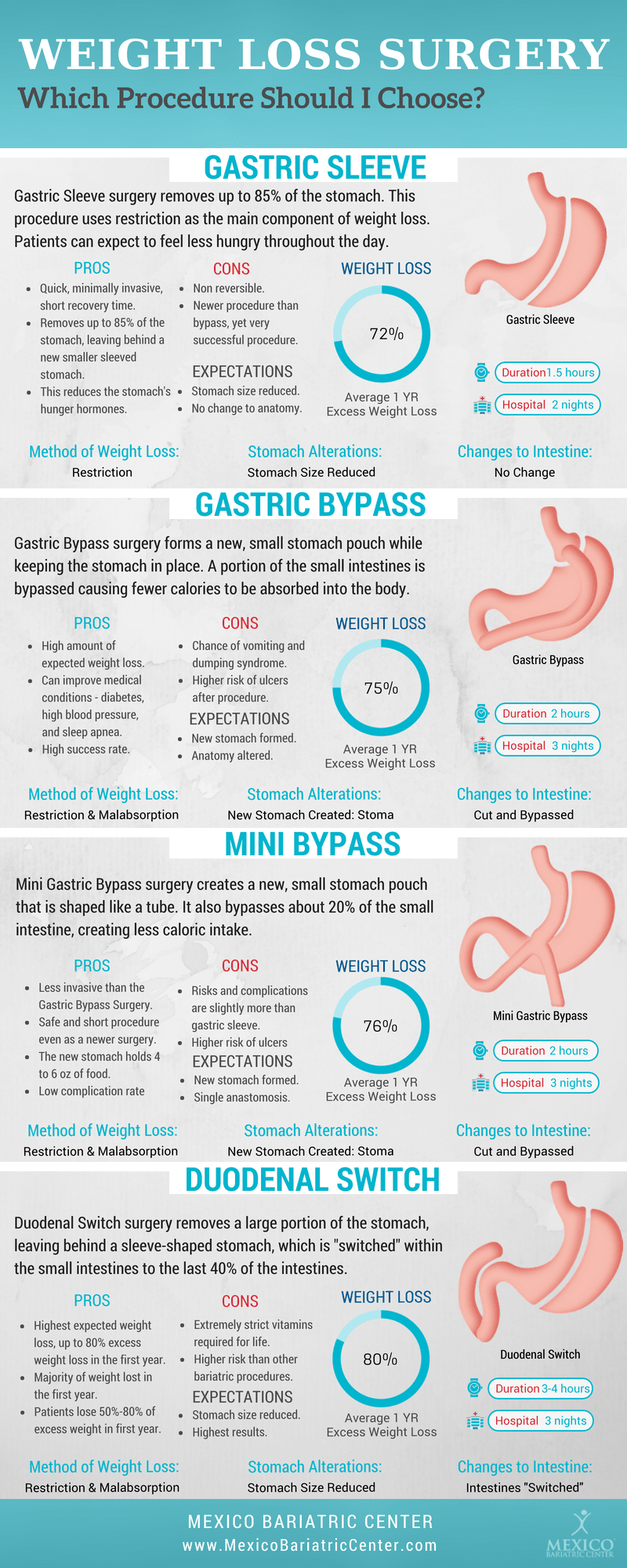Common Conditions Treated With Cold Laser Technique
Common Conditions Treated With Cold Laser Technique
Blog Article
Scientific Research Study on the Effectiveness of Cold Laser Technique
Cold laser treatment is a useful device to help in pain monitoring and the recovery procedure. It is often used in sports medicine, dermatology and acupuncture.
Cold lasers pass through deep into cells and promote chemical modifications without warming them. They lower inflammation and swelling, speed cellular task and increase recovery.
Theoretical Background
Unlike the high-intensity lasers that surgeons usage to puncture cells, cold laser therapy utilizes light-emitting diodes to pass through into your skin and promote healing. As these photons get to broken cells, they initiate a chain reaction that raises your cells' production of enzymes and increases your body's all-natural recovery processes.
The photons also decrease pain through the manufacturing of endorphins and enhance your body's capability to drain pipes puffy locations by causing vasodilation (the growth of blood vessels). Because of this, it aids you recuperate from bone and joint injuries and pain quicker.
Many individuals have actually heard about cold laser treatment from their physiotherapist, chiropractor or physician and may be questioning how it functions. Unlike most laser gadgets used in the clinical field, which in fact warm up tissue, our modern tools sends out chilly laser beam that don't trigger any kind of heating of your cells. This permits your body to receive the restorative advantages without setting off any kind of negative effects.
Medical Tests
Cold laser therapy is commonly advised as a therapy alternative for individuals who have bone and joint pain and injuries. It can be made use of to decrease inflammation, enhance cells and increase the body's all-natural recovery procedures.
Non-thermal photons of red and infrared laser radiation are absorbed by the light sensitive components in cells and initiate a rise in intracellular metabolic process that boosts cell recreation, lowers swelling, gets rid of edema and reduces healing time.
Unlike the light that is created by sunlight or basic lights, laser light is identical (all wavelengths traveling in the same direction), coherent and single. These residential or commercial properties allow laser power to permeate much deeper into the cells.
A number of scientific tests have actually revealed that LLLT can be reliable in lowering discomfort in the bone and joint system. Nevertheless, more properly designed studies are required to evaluate laser quit smoking near me the ideal setups for laser irradiation and to determine its efficiency in details conditions, such as oral mucositis in cancer cells patients receiving radiation treatment or radiotherapy, and injury recovery (consisting of diabetic person abscess following hammertoe surgical treatment). This Aetna policy publication does not resolve other uses of LLLT, including the therapy of numerous skin diseases.
Verdicts
Unlike surgical lasers that can damage tumors or coagulate cells, cool laser therapy does not heat up the body's cells. Instead, the light promotes your cells to generate adenosine triphosphate, which quickens the repair procedure of damaged cells.
Aetna considers low-level laser (LLL) treatment clinically essential for the avoidance of dental mucositis associated with cancer therapy (chemotherapy, radiation treatment, hematopoietic stem cell transplantation) and non-cancer therapies (such as radiodermal injury, fibromyalgia). A number of researches revealed that LLT can be reliable in lowering PU signs without adverse impacts. Nonetheless, distinctions in study styles and laser dosimetry made contrast of the results challenging; RCTs with low danger of prejudice are required. Using a 660 nm wavelength and greater energy density seems more effective than the other studied laser wavelengths. This could be because the other wavelengths may stimulate inflammatory processes and cause even more negative effects. The result of the kind of laser utilized is likewise essential; the authors suggest that future research study focus on assessing different sorts of lasers and their dosages to figure out the optimal mix of laser criteria for PU prevention.
Suggestions
Cold laser treatment is utilized by dental practitioners to treat swollen gum tissue, doctors to reduce pain caused by rheumatoid joint inflammation, and physical therapists to speed the healing of muscle, tendon, and ligament injuries. Many medical insurance plans cover this treatment.
Unlike hot lasers, which have a thermal impact on tissues, chilly lasers (also called low-level lasers) stimulate the cellular power of the skin. Photons from the laser light pass through right into the cell, setting off a series of chemical changes that advertises regeneration and lowers swelling.
In order to be effective, lasers should be correctly setup and used. This is why it is not advisable to buy a low-cost over the counter laser gadget and attempt to treat yourself in the house. A qualified practitioner is needed to guarantee that the device is utilized correctly to lessen the risk of eye injury and optimize its performance. The laser gadget need to be gotten used to the correct setup, intensity, frequency, and setting of the laser on the treatment area.